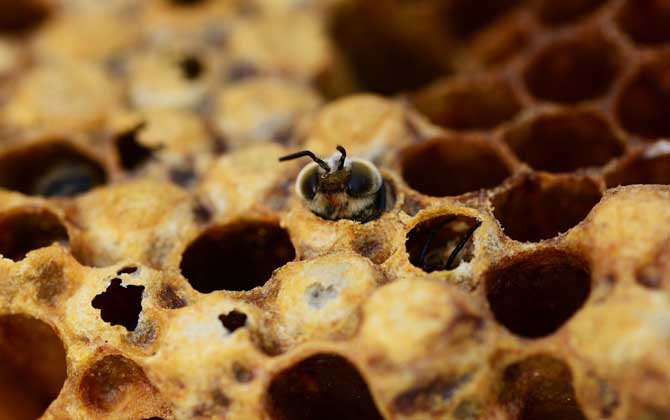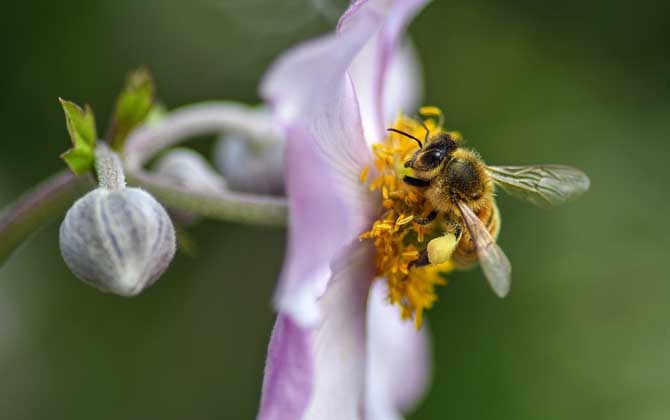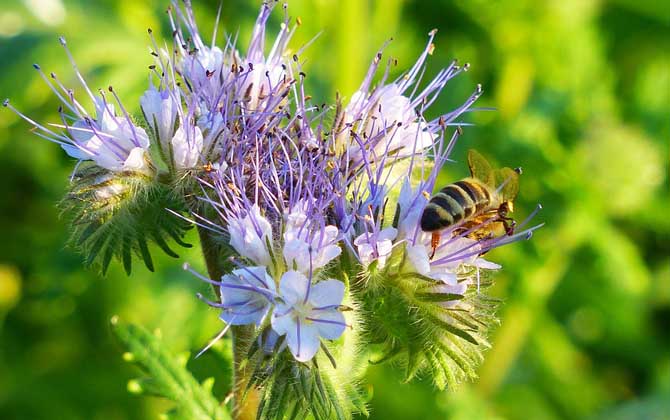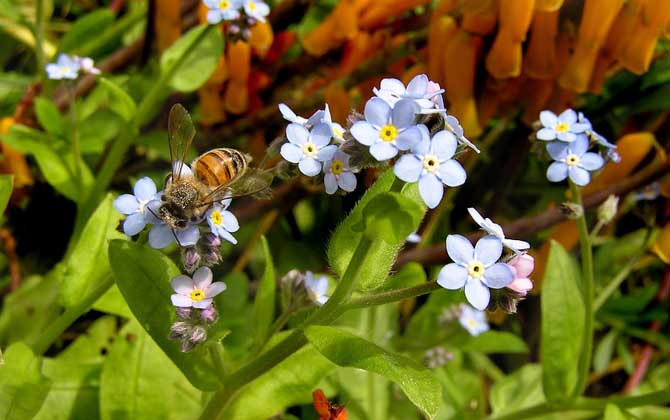Bee knowledge
How does a bee’s life go through?
Bees are one of the most common insects in the wild. They can be seen almost as long as there are flowers, and they are praised for their hard work. But the life of bees (worker bees) is extremely short. In fact, most bees have a life span of only about 2 months. Let’s take a look at how does a bee’s life go through?

1, the egg stage
Honeybees are fully metamorphic insects. They are developed from the fertilized eggs laid by the queen bee. The entire developmental period undergoes four stages: eggs, larvae, pupae and adult bees.The egg period is 3 days, the larval period is 6 days, and the pupal period is 11 days (12 days for Italian bees), which means that it takes a total of 20 (21) days for the bees to move from eggs to adult. The other 20 (21) days Here, food was supplied by other worker bees only during the 6 days of the larval stage.
2, the larvae stage
The emergence of a bee into a bee to 6 days of age is a juvenile period. In fact, the emergence of a bee marks the beginning of labor. In the first 3 days after emergence, as long as they are engaged in heat preservation, fan ventilation and cleaning, young worker bees from 4 to 8 days old begin to prepare honey to feed large larvae, After 4 days of age, the juvenile bees will go out to test, defecate and recognize the nest.
3, Adolescence
The emergence of bees from 6 to 18 days of age belongs to adolescence, and this stage can be divided into two small stages. Among them, worker bees from 6 to 13 days old can secrete royal jelly, so they are mainly responsible for feeding small larvae and queen bees. Workers from 13 to 18 days old can secrete beeswax. Beeswax is the main material for bee colonies to build hives, which means that young worker bees over 13 days of age are mainly responsible for building nests.
4, the middle age
The emergence of bees from the 18th to the 50th is a mature period. The bees at this stage are mainly responsible for collecting outside the nest, such as collecting pollen, nectar, and gum. At the same time, they are also the most dangerous stage for bees because there are many bees outside the hive Natural enemy, These natural enemies often lurk in flowers and trees to hunt for bees. In fact, a large part of bees’ lives are at this time.
5, old age
After 50 days of bee emergence, the bees have entered the senile period. The bees at this stage are mainly responsible for searching for nectar sources and collecting water. In fact, most bees live less than 50 days of age during the nectar flow period. However, due to the decreased work intensity and no longer engaged in dangerous collection work during the wintering period, all the remaining bees after the successful wintering of the bee colony are old bees. The most prominent feature is that the villi are worn and the oily hair is bright.
Summary: The life of a bee is extremely short, with an average lifespan of only about 2 months, of which the wintering period can be as long as 3 to 6 months, while the others are generally only 40 to 50 days. Today, dangerous and intense labor is the biggest cause of bee death.






